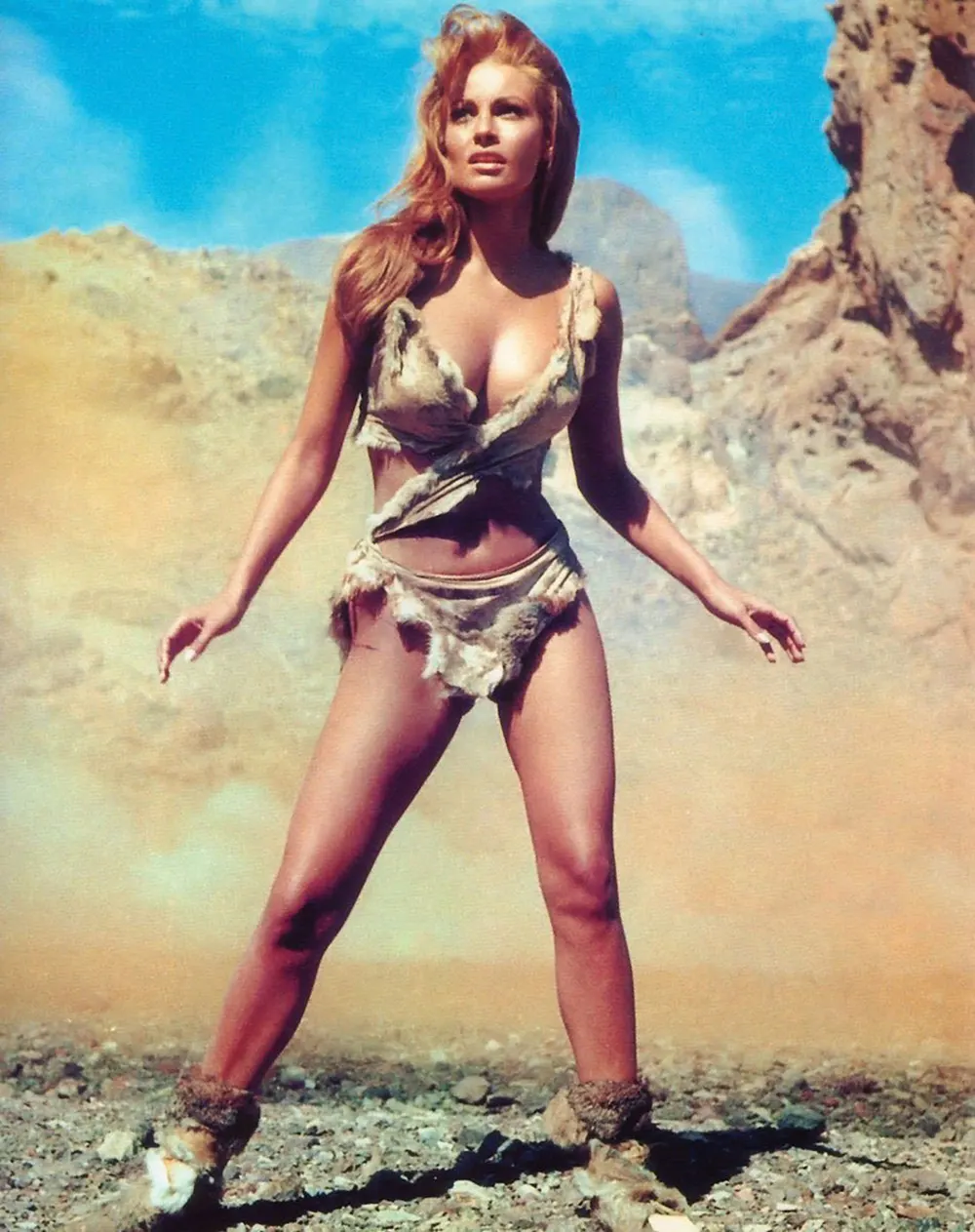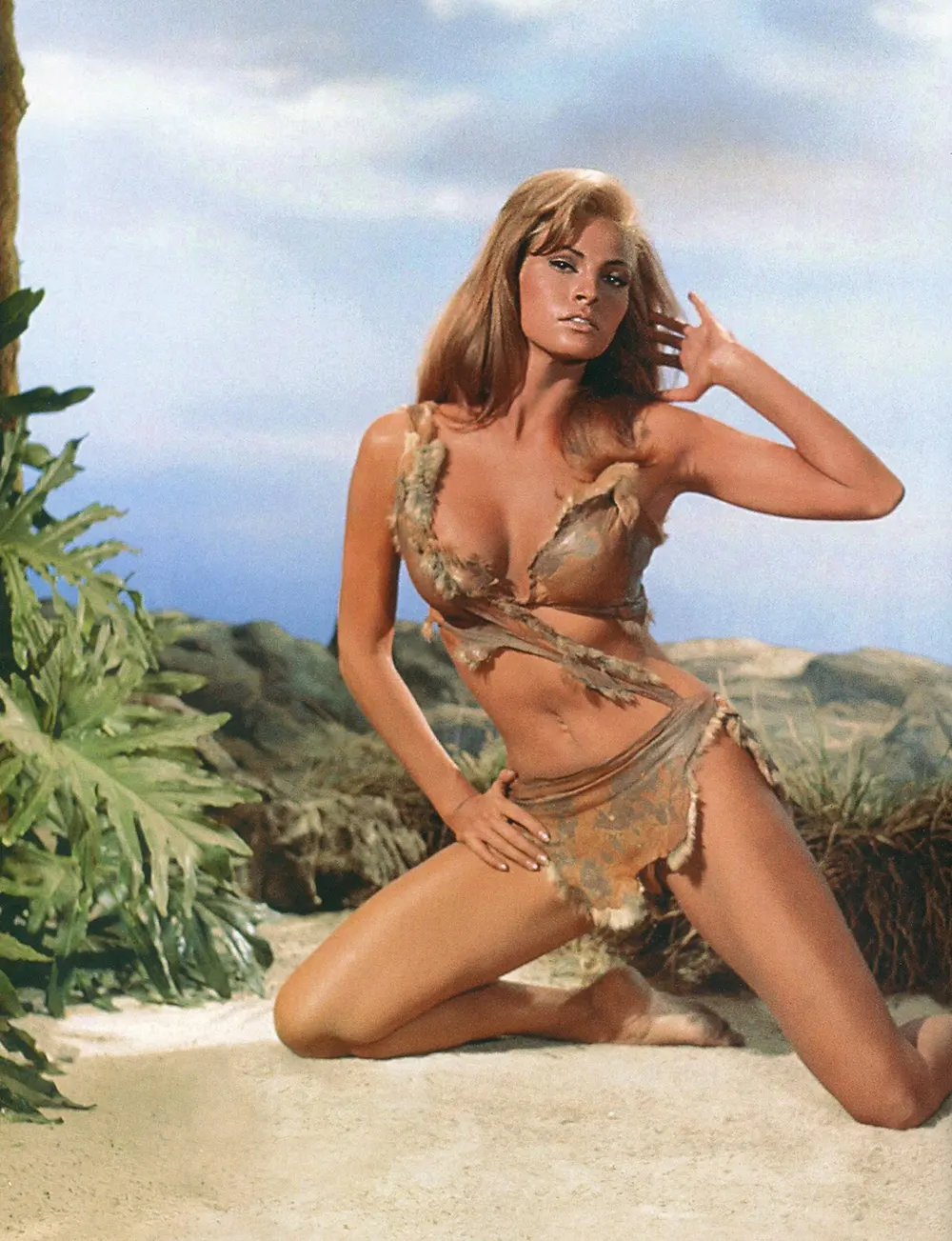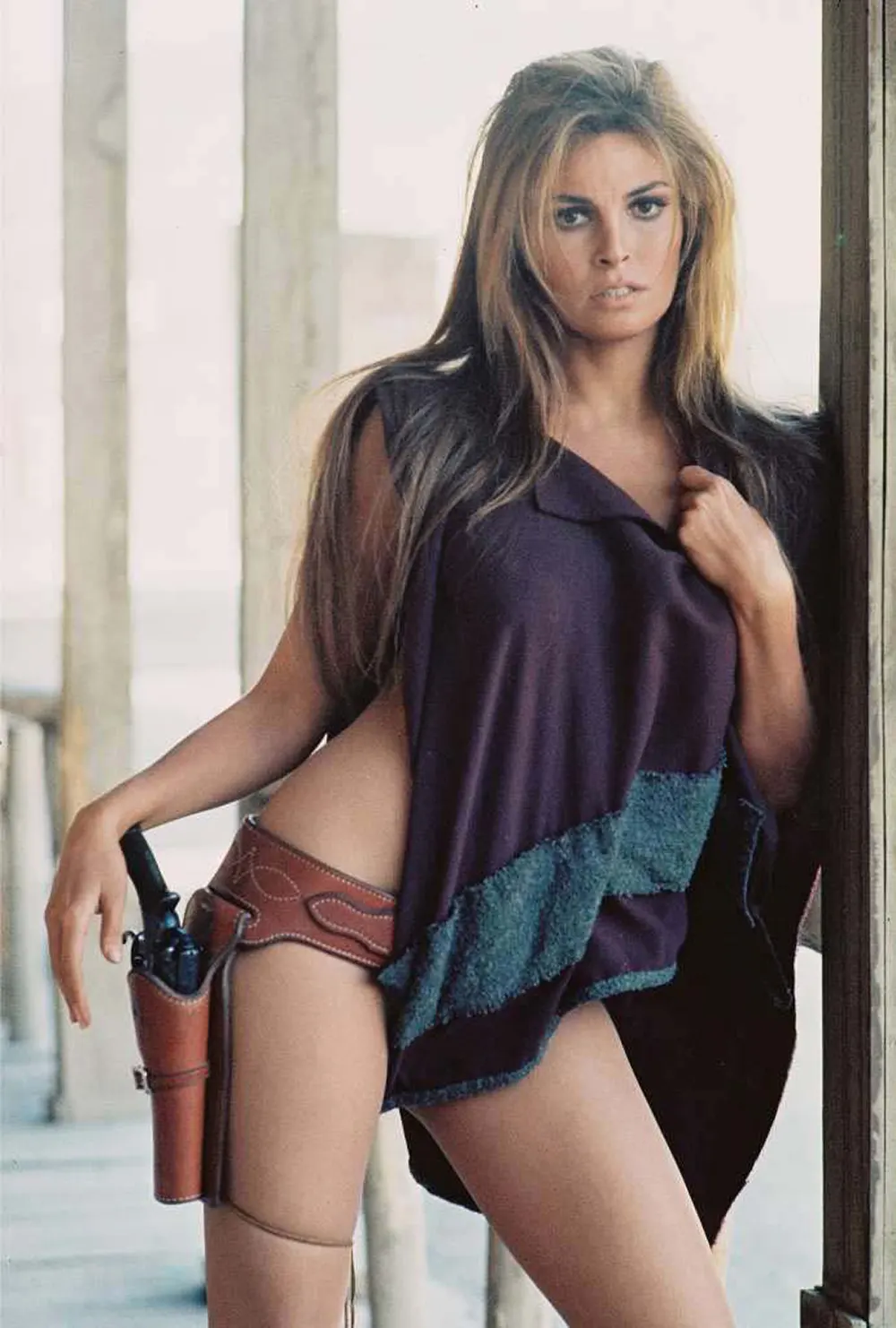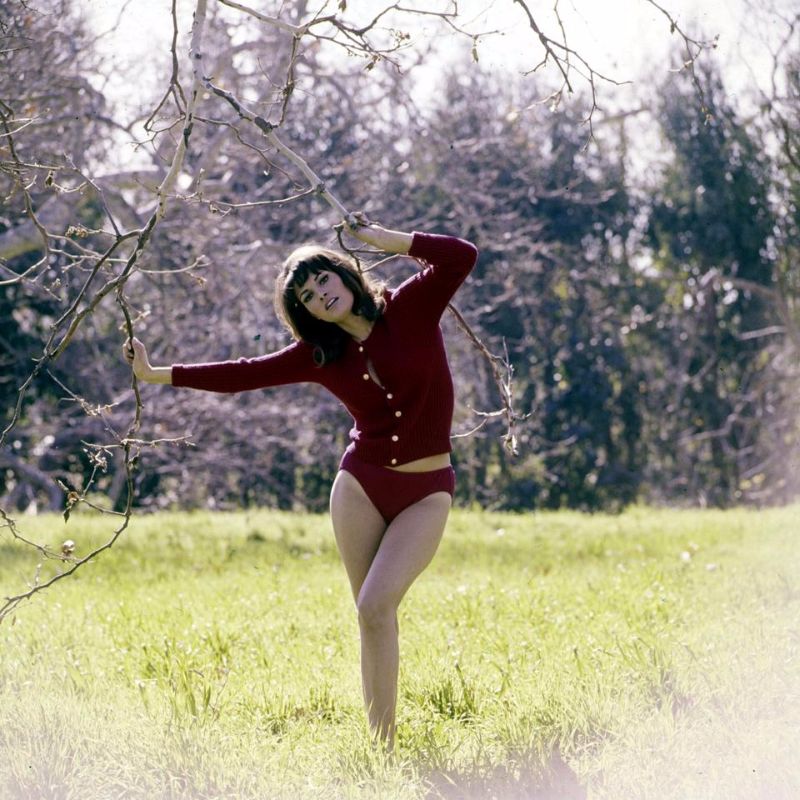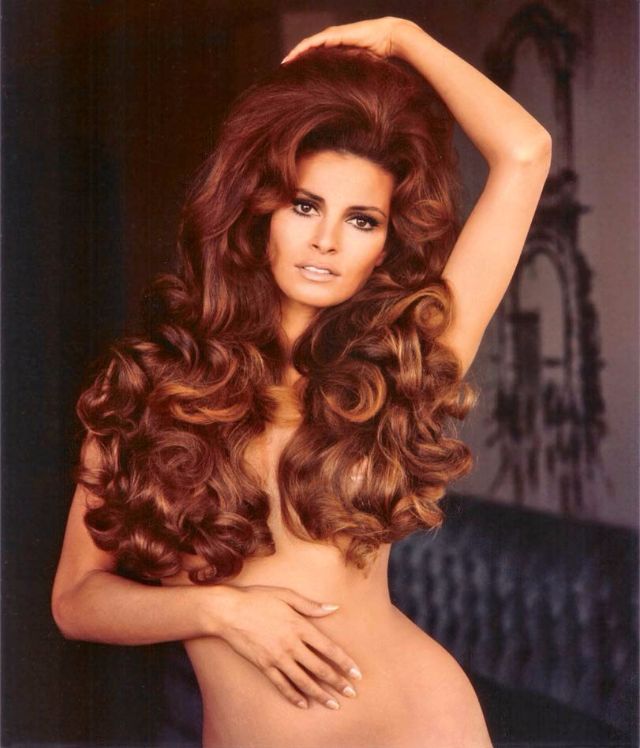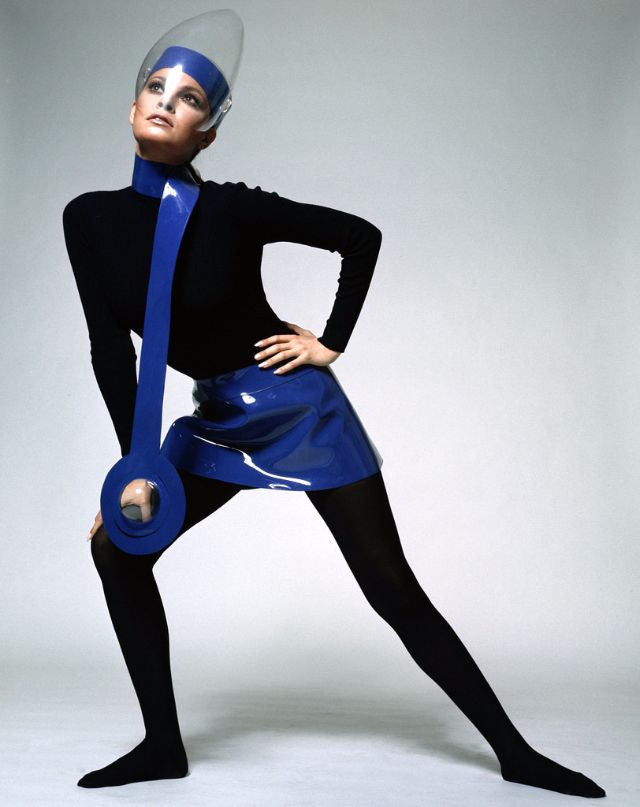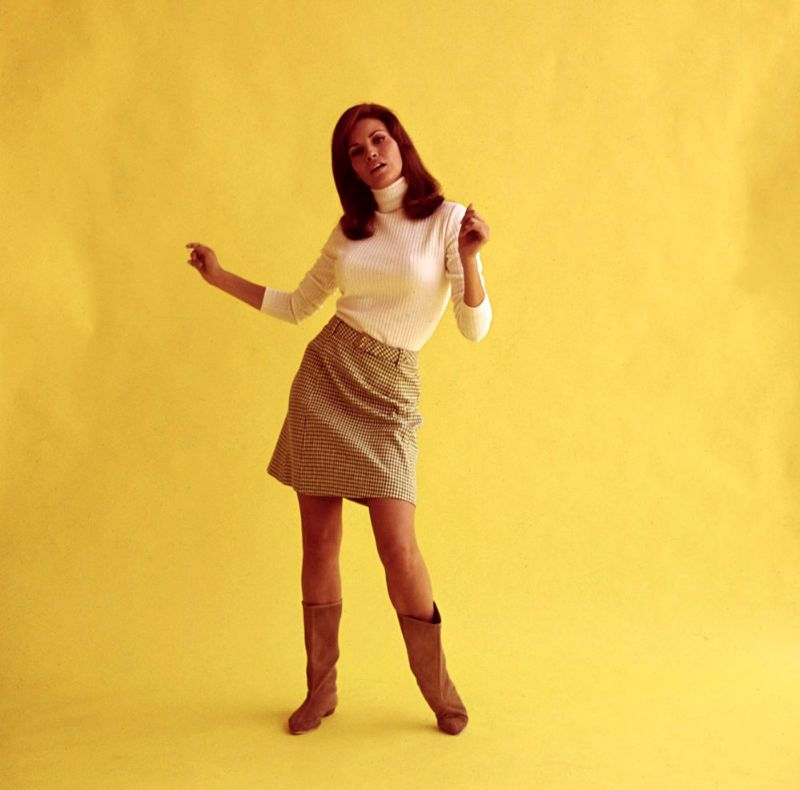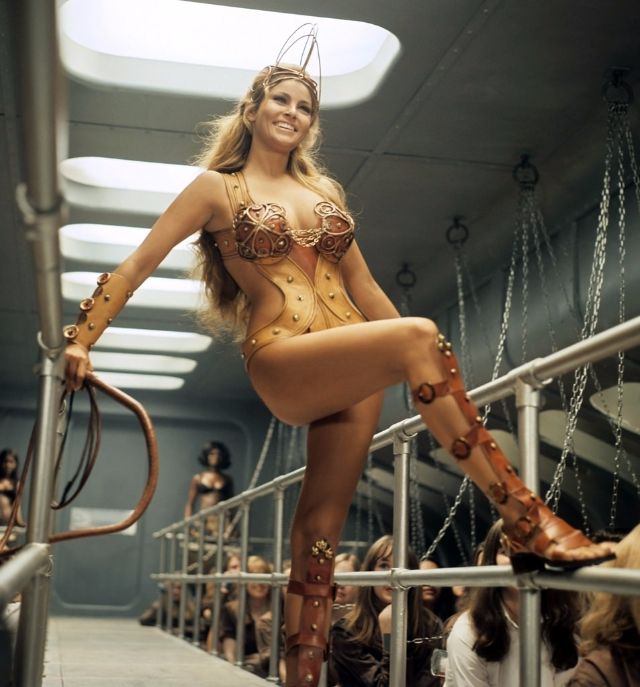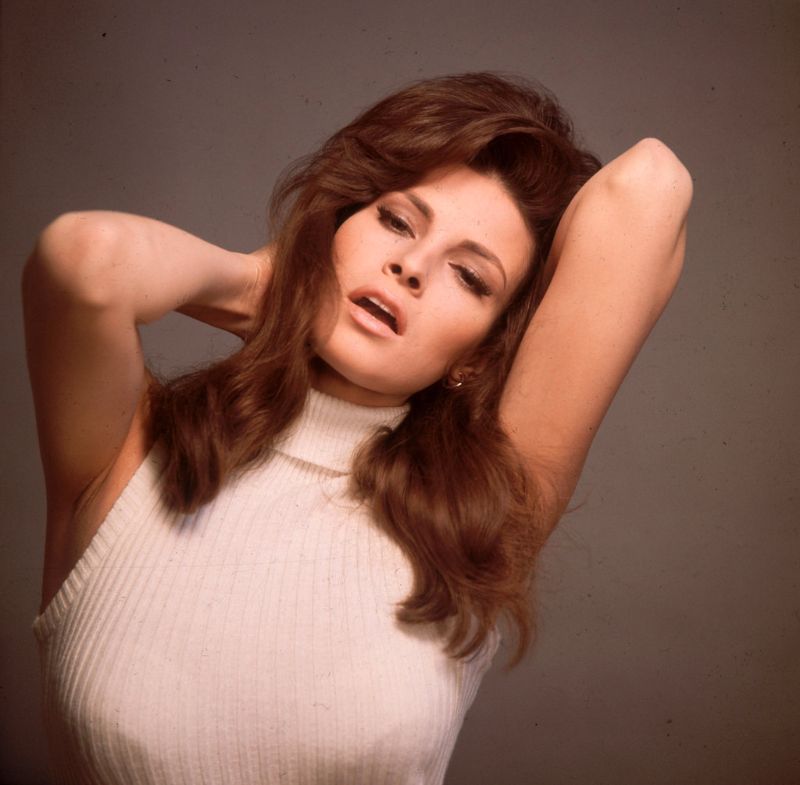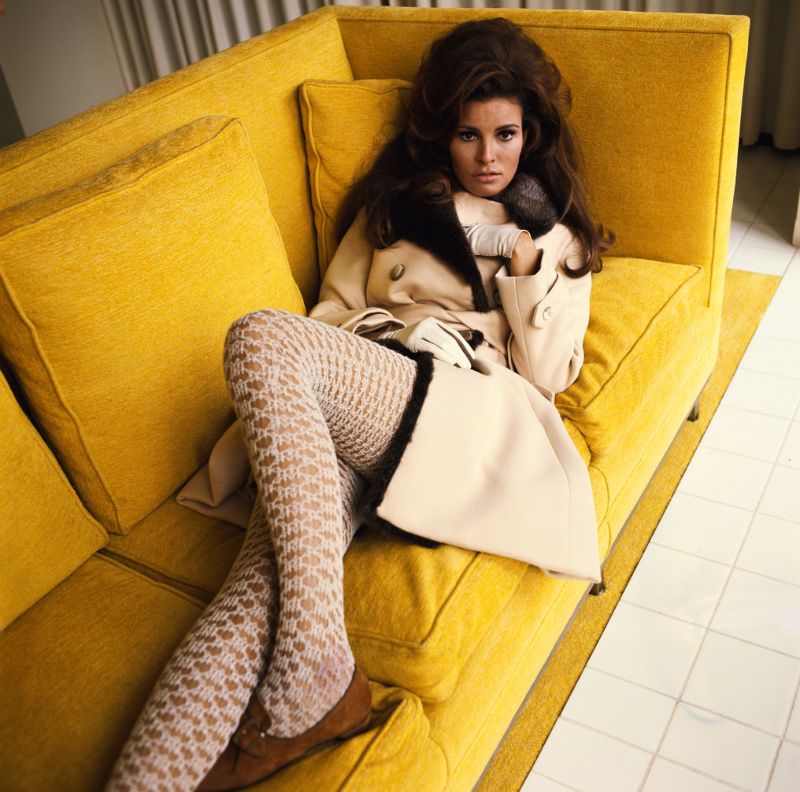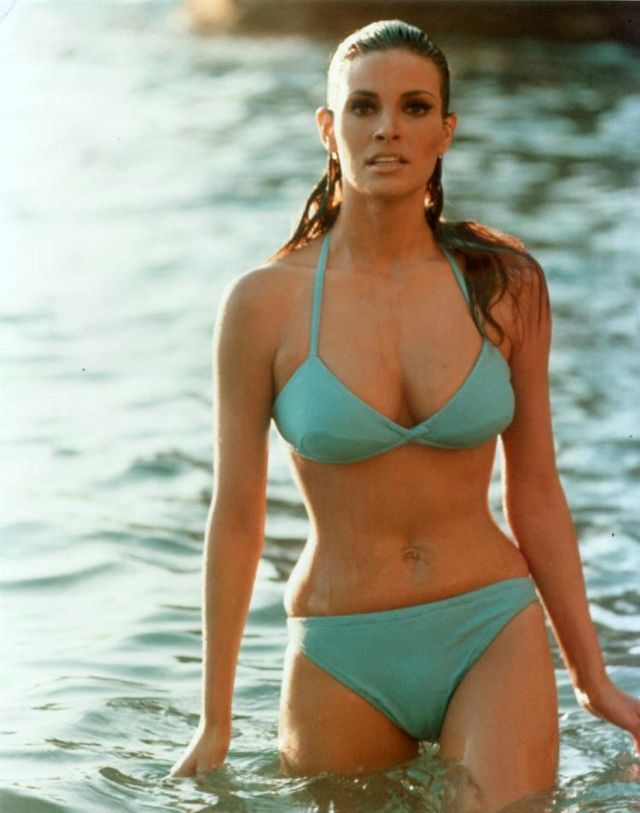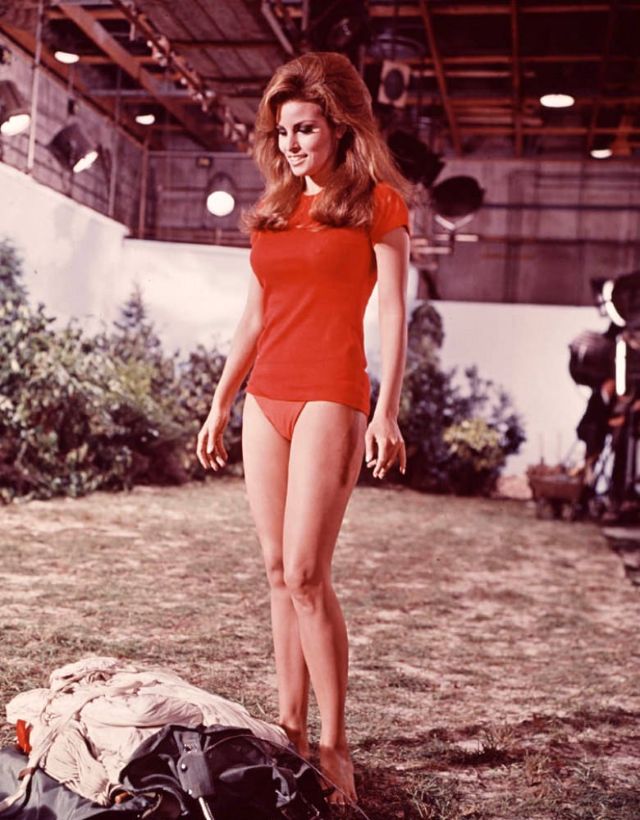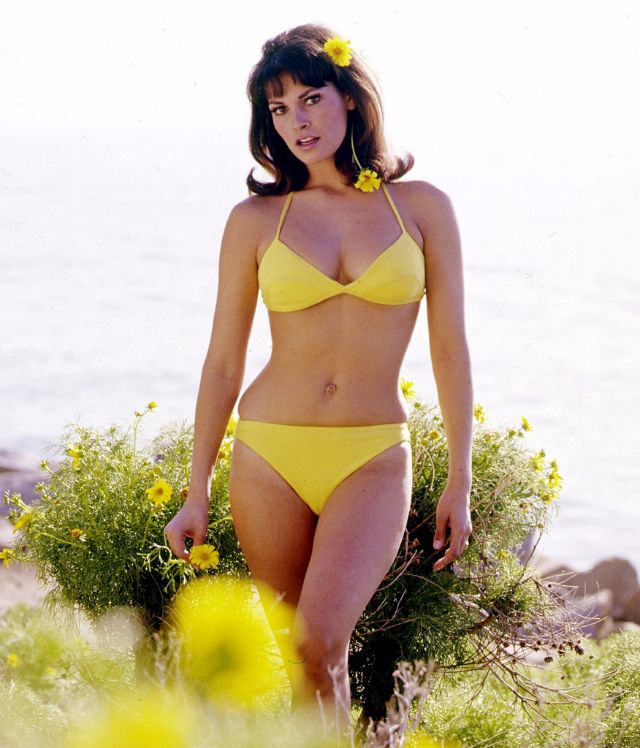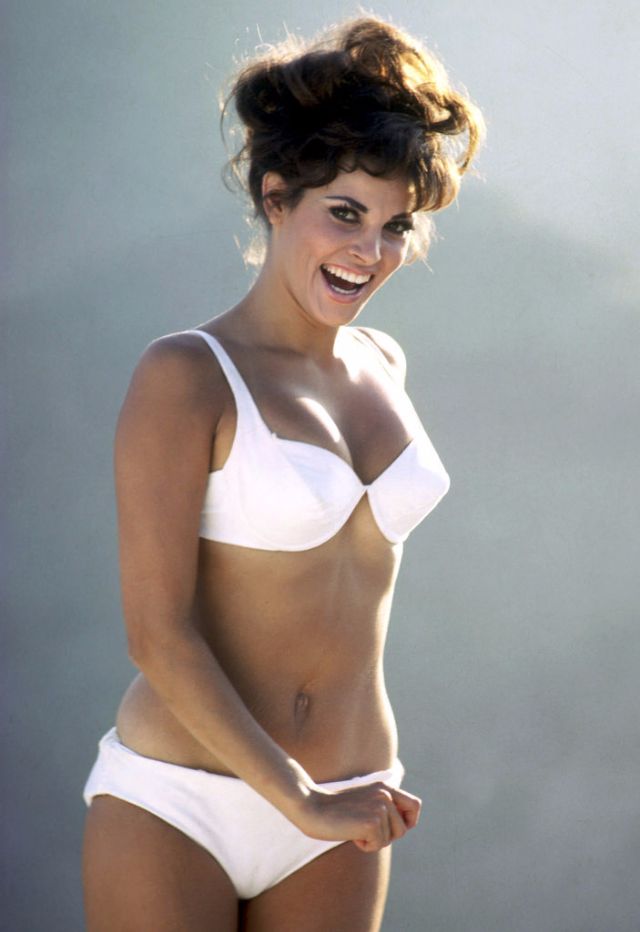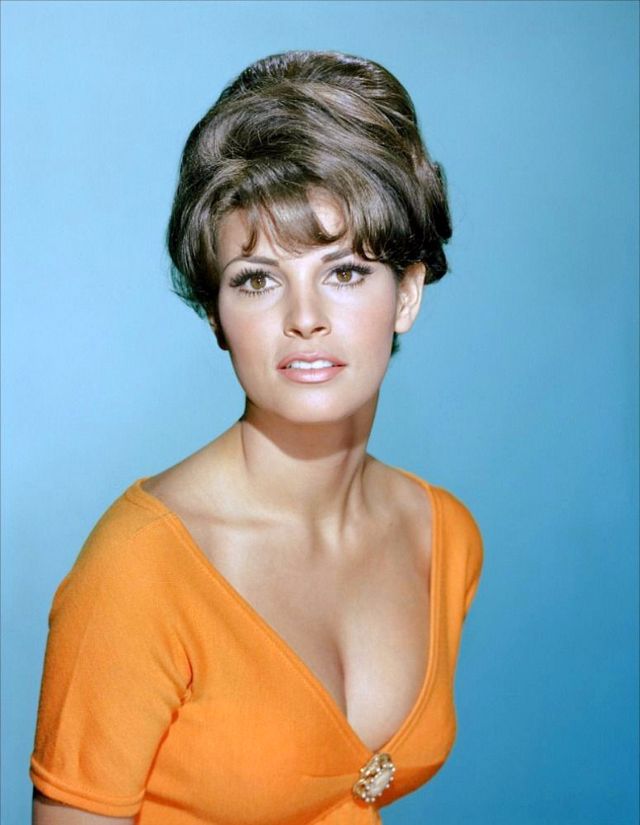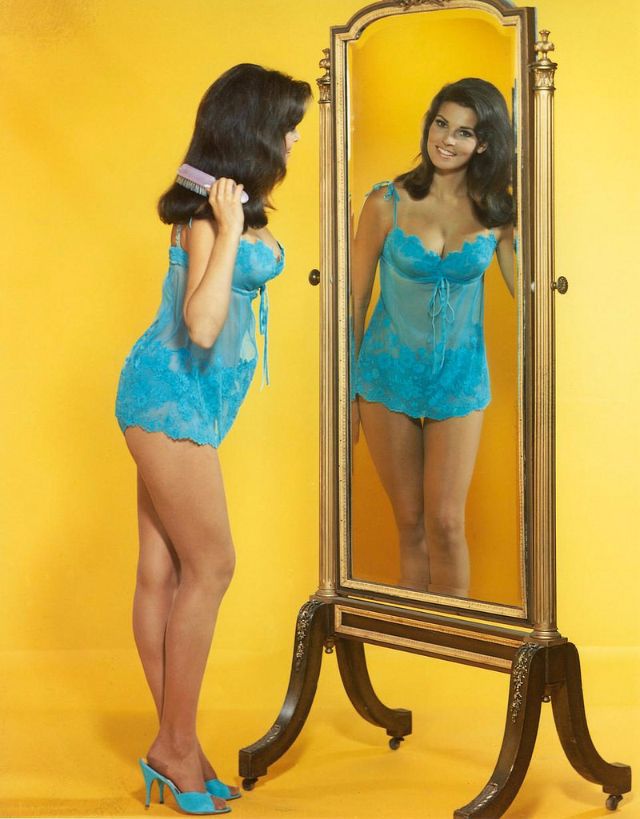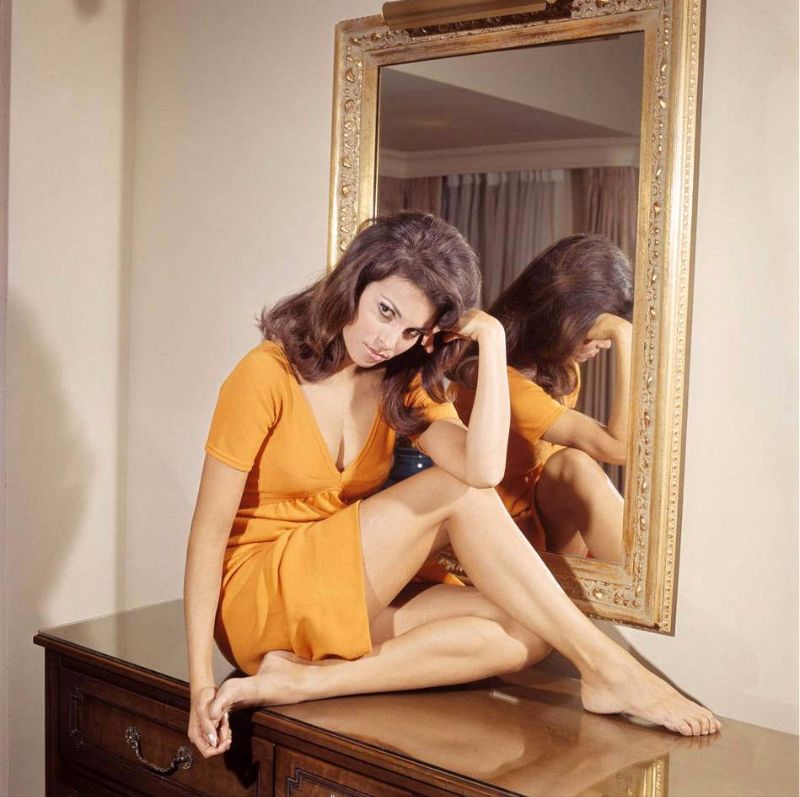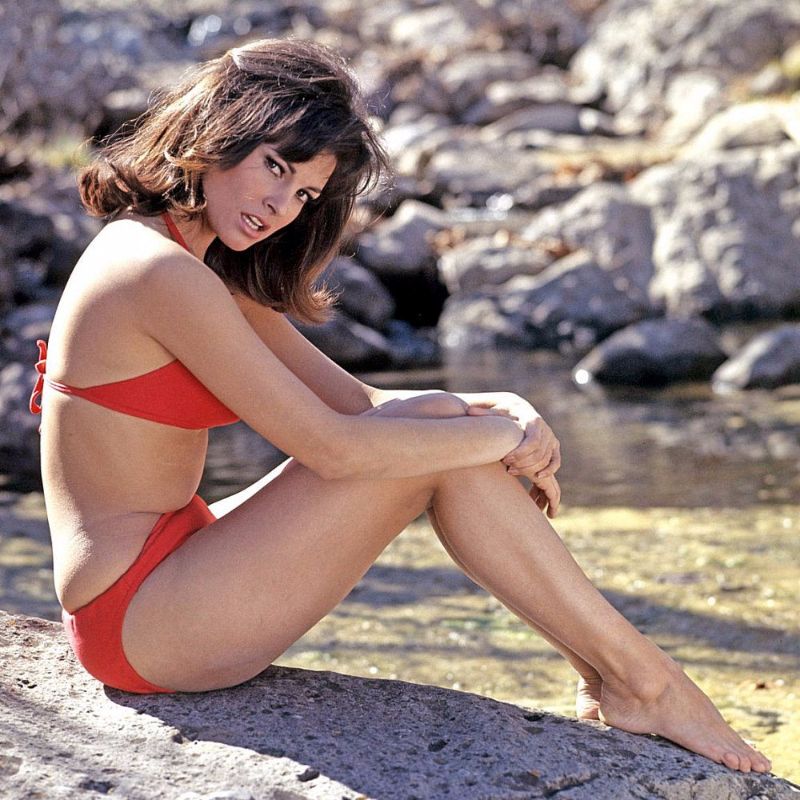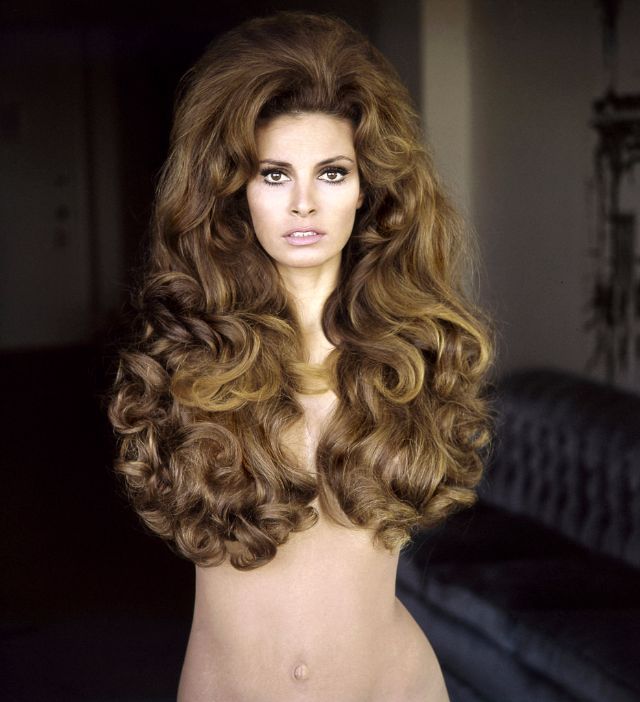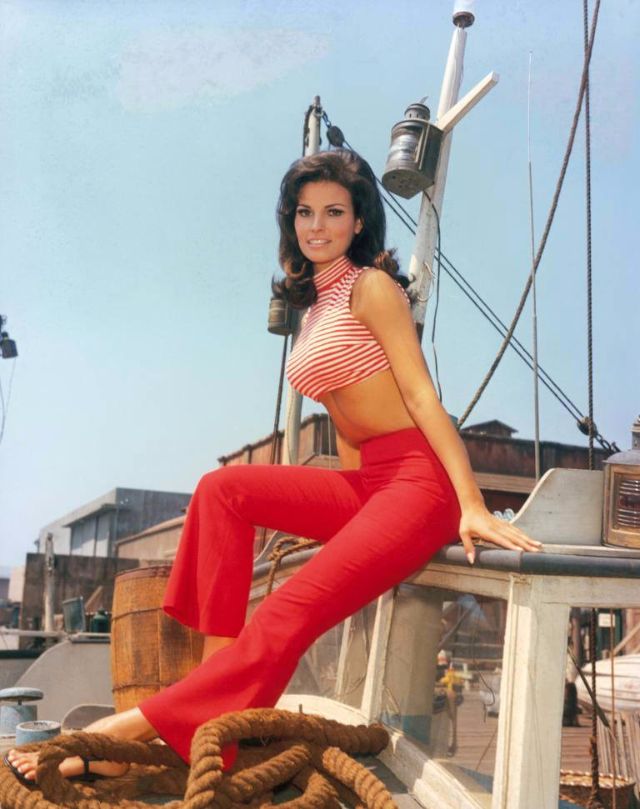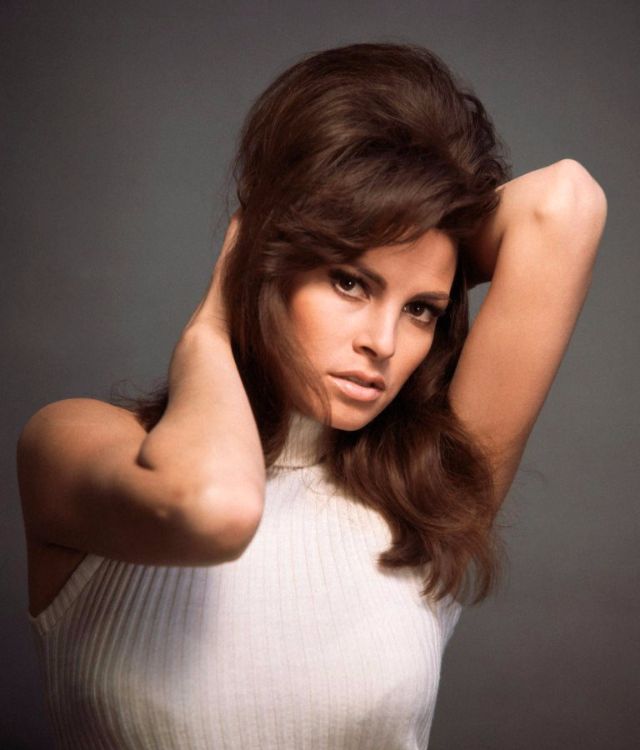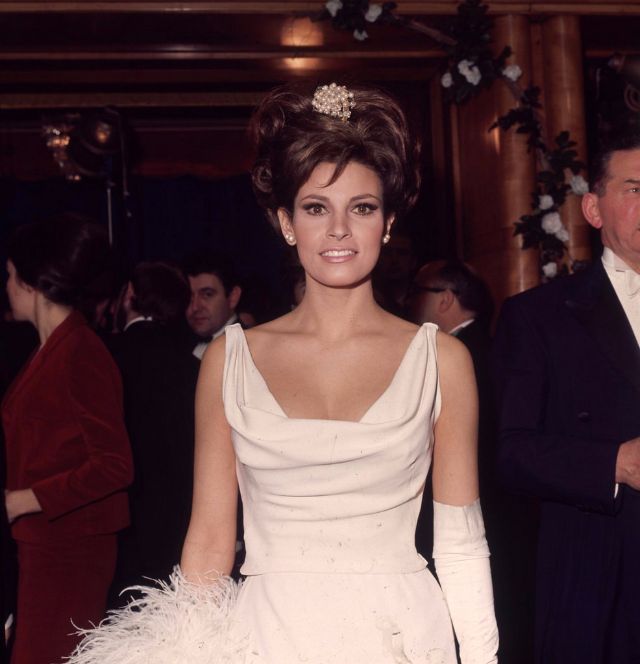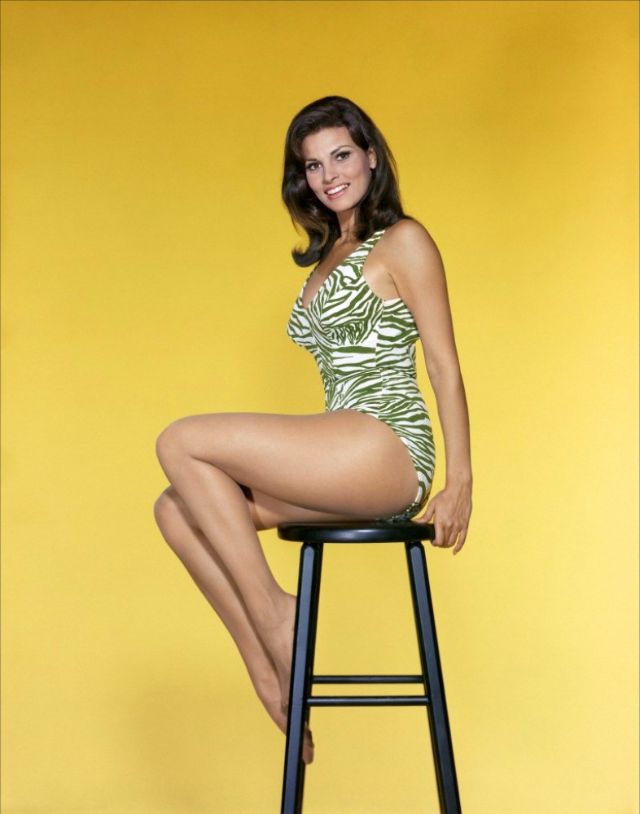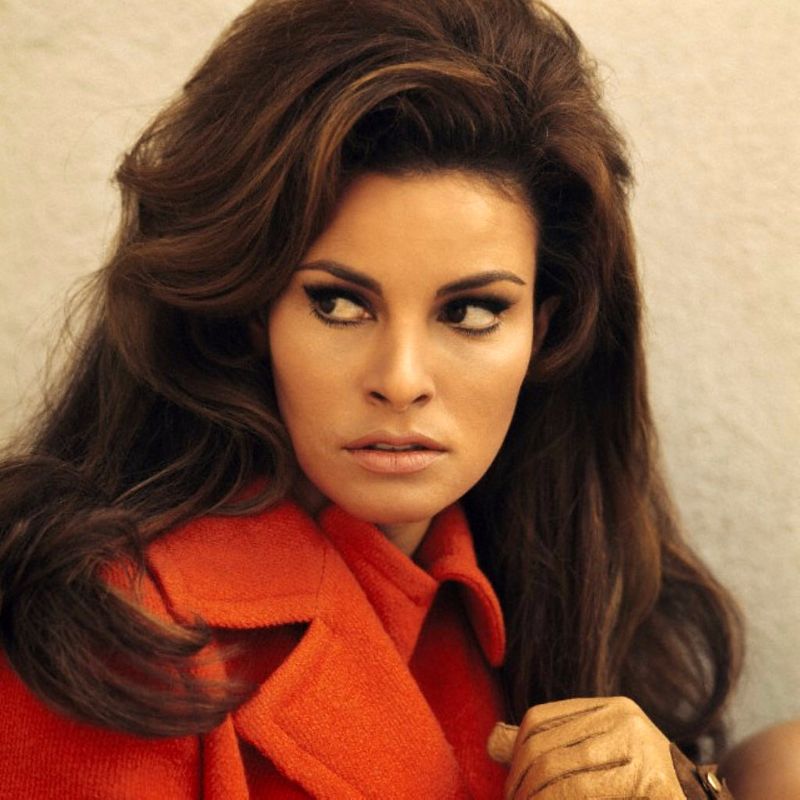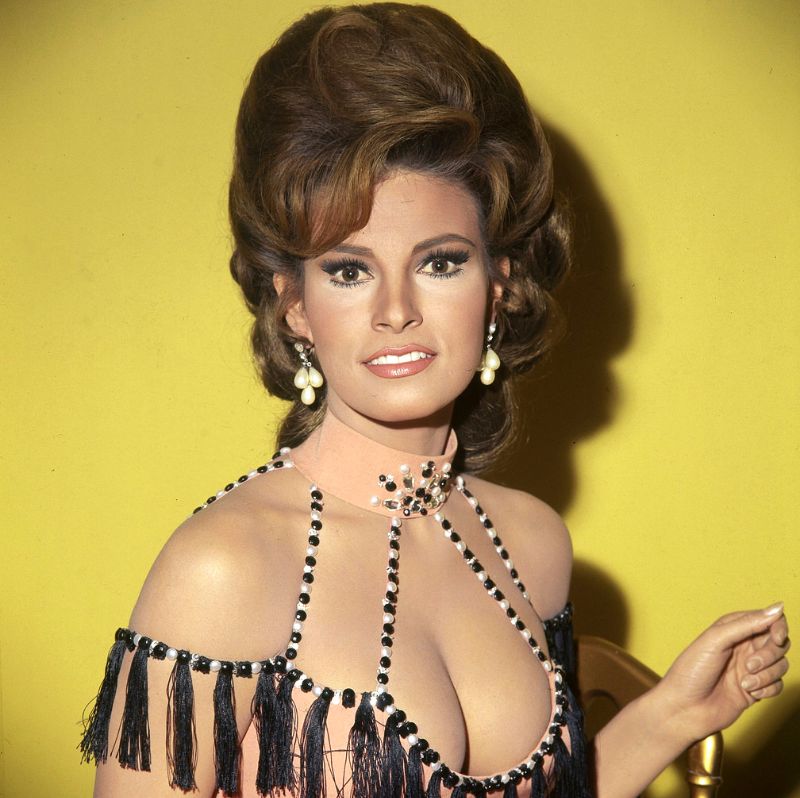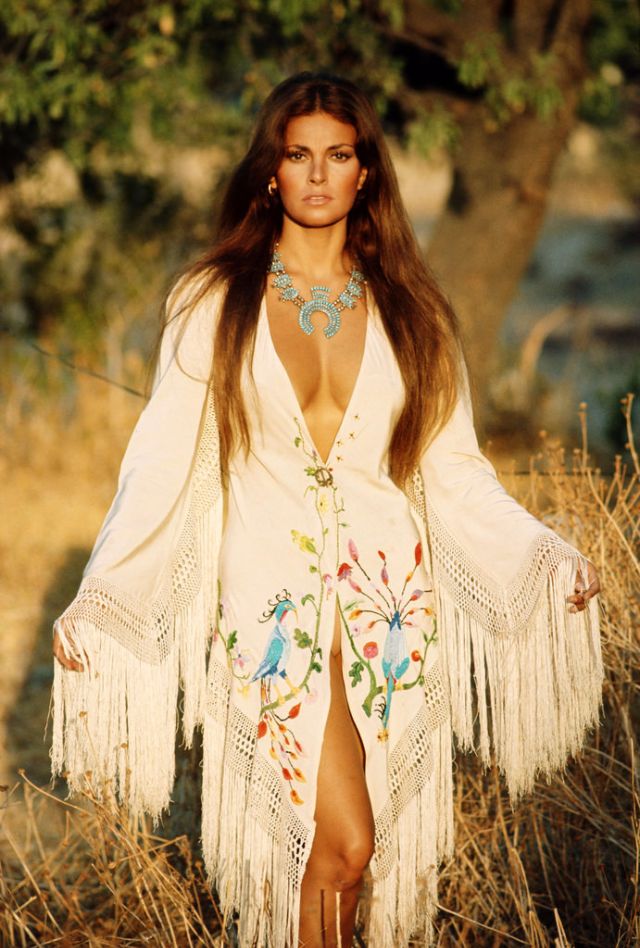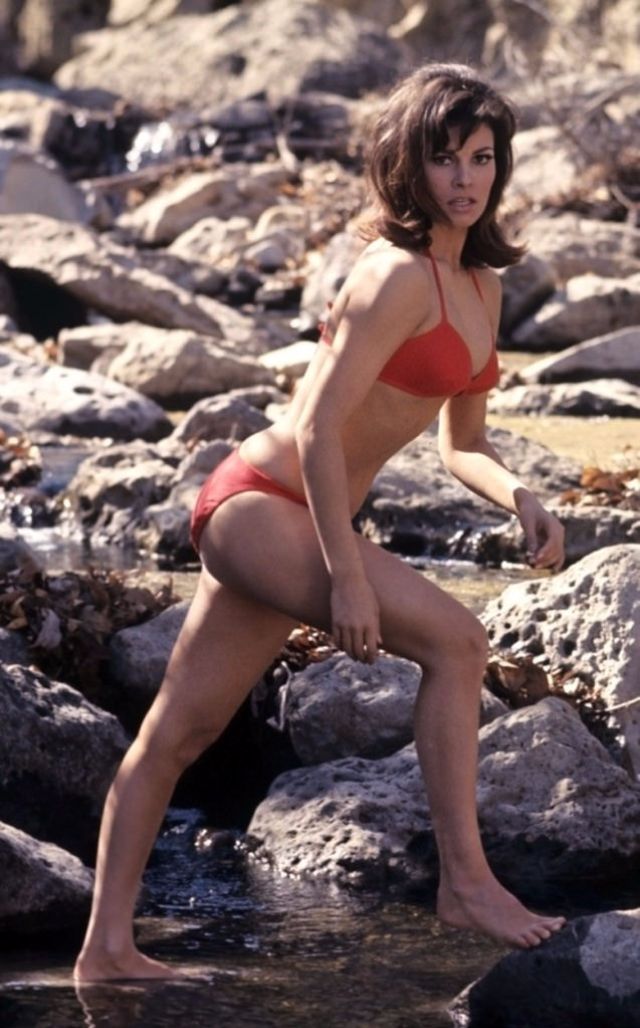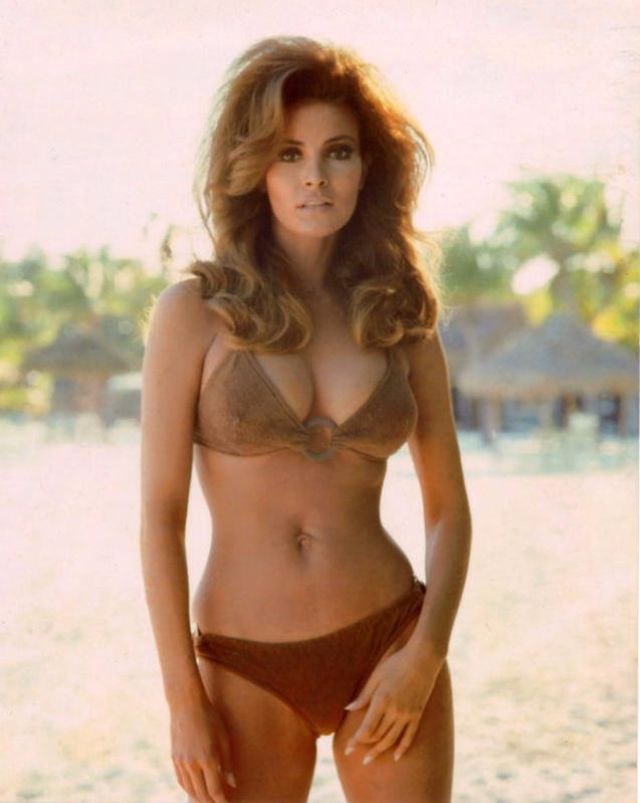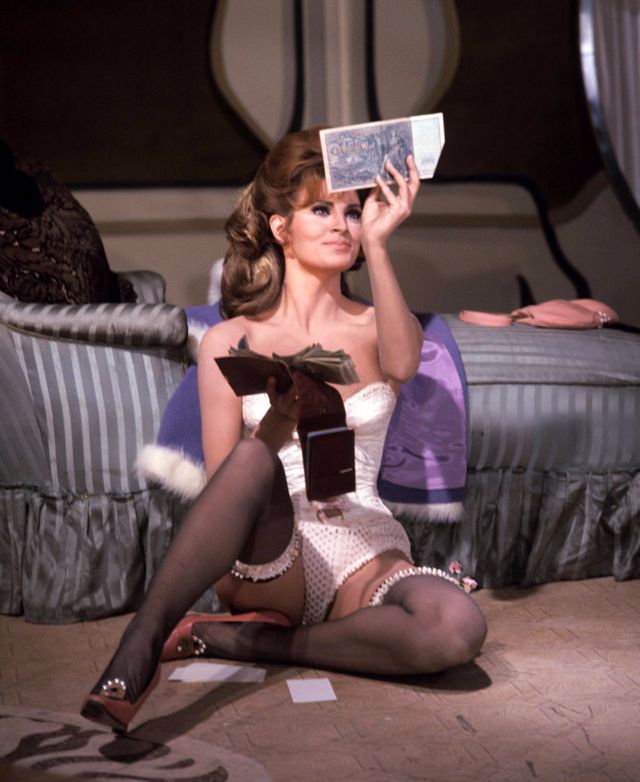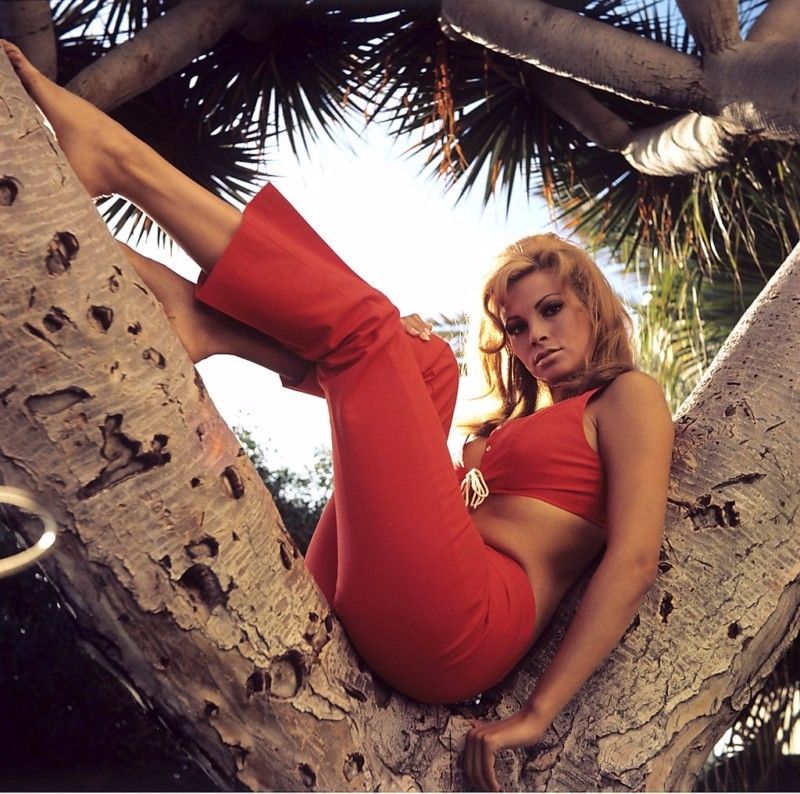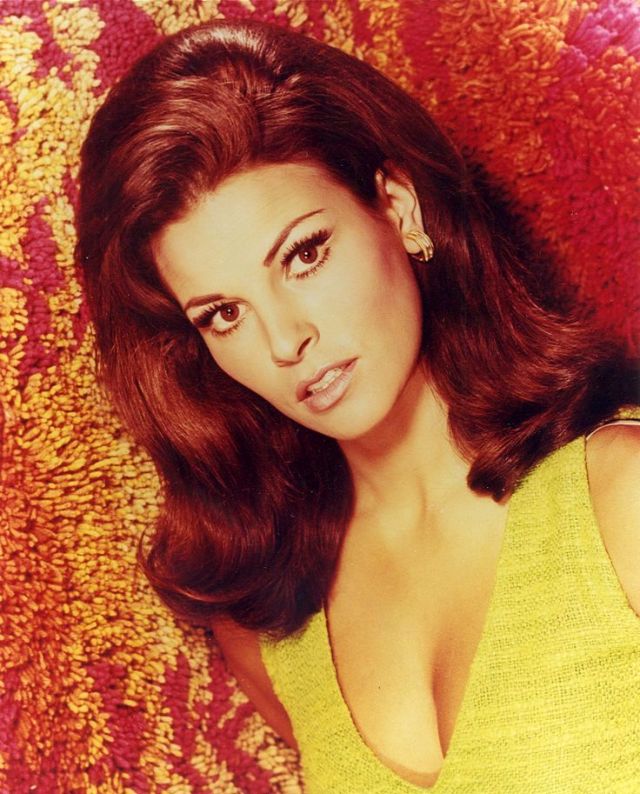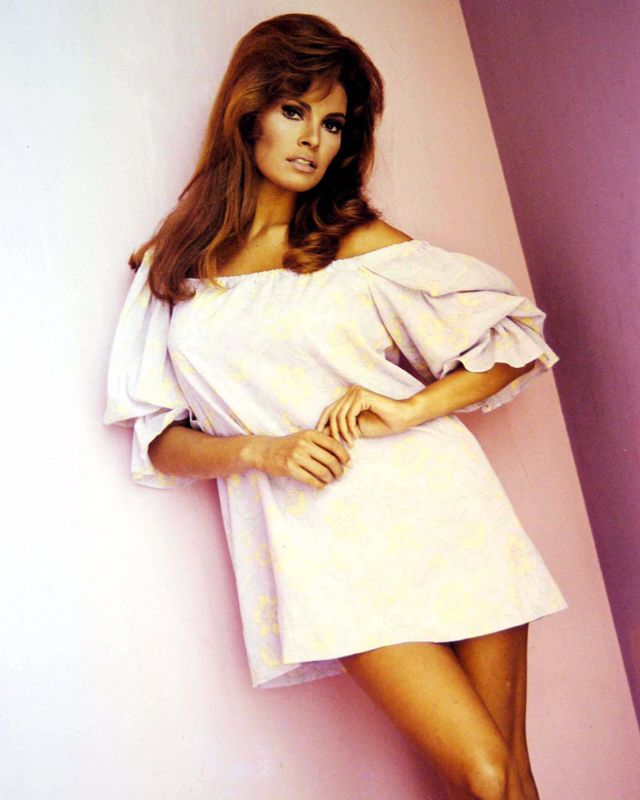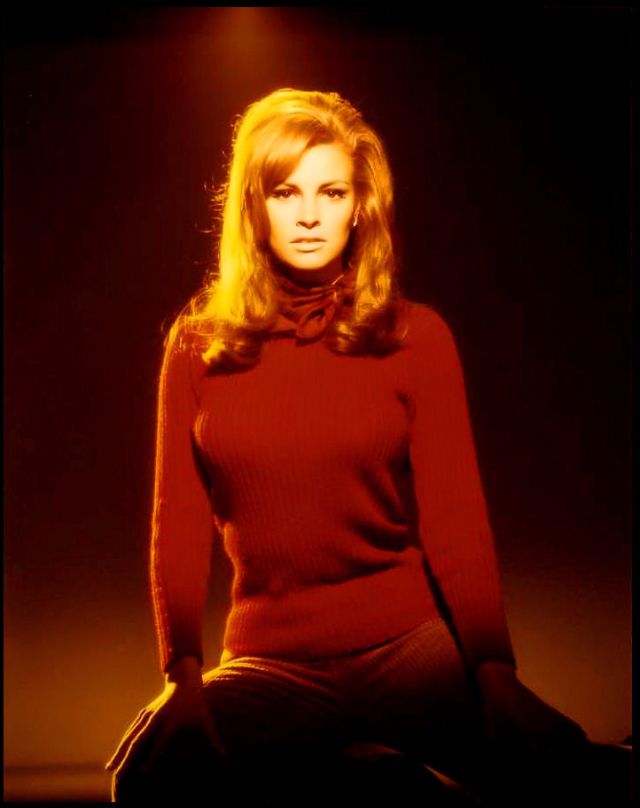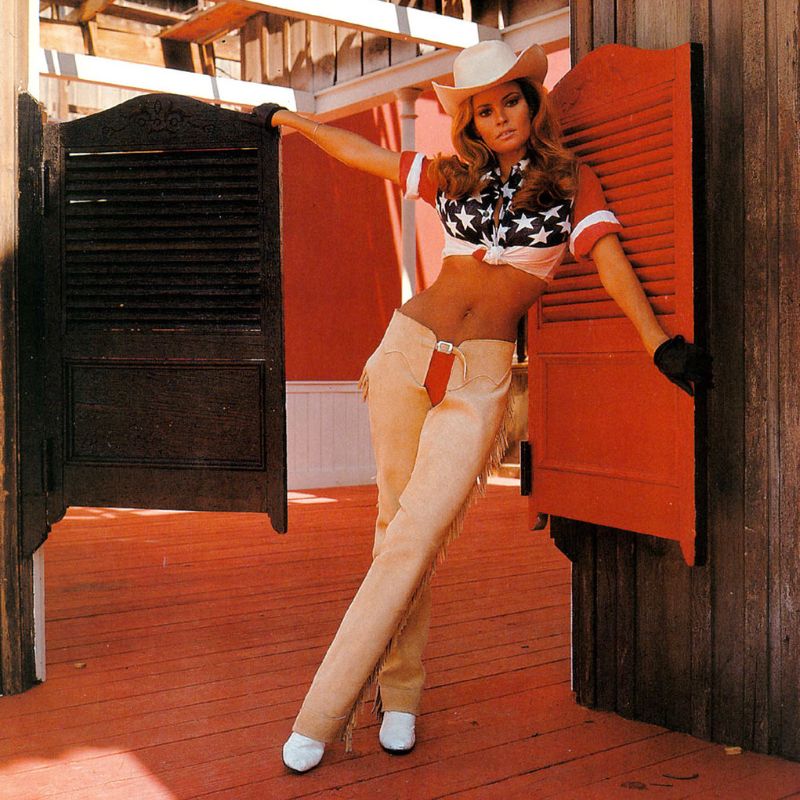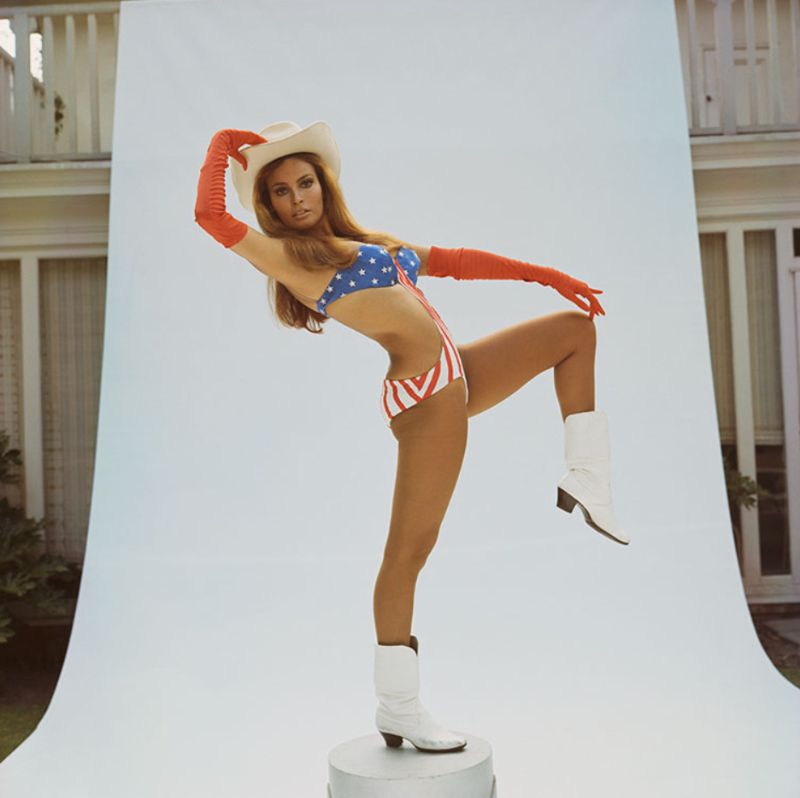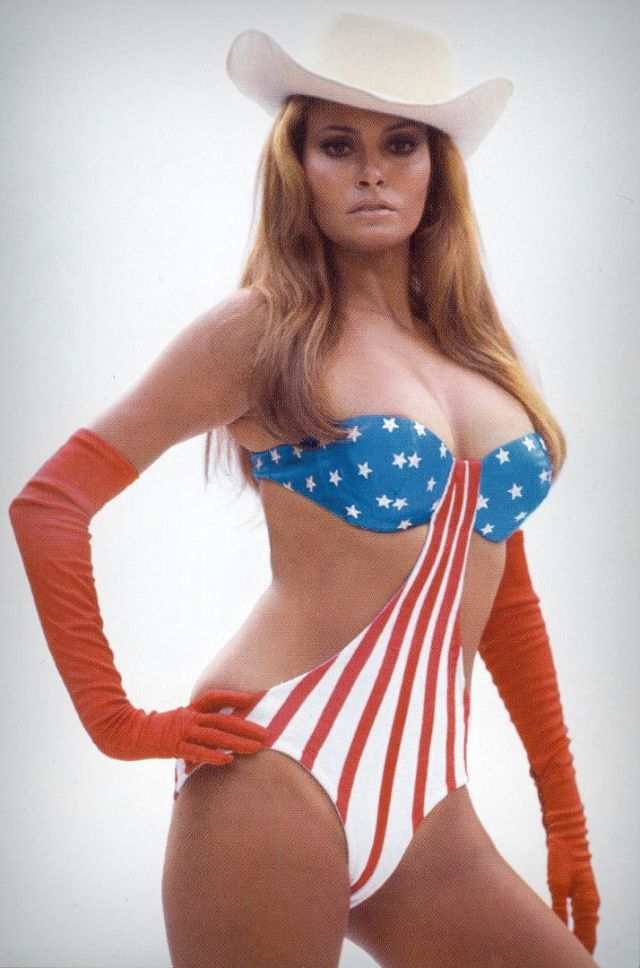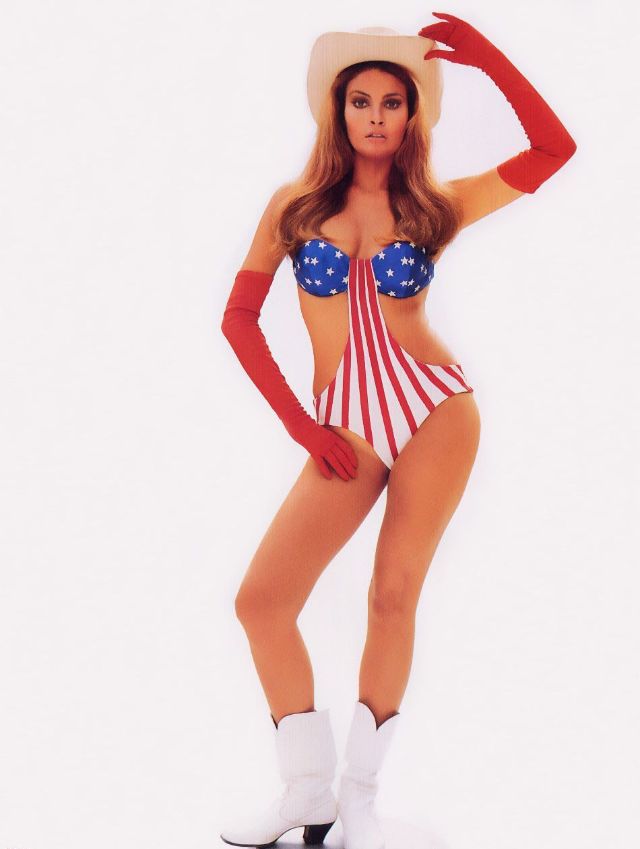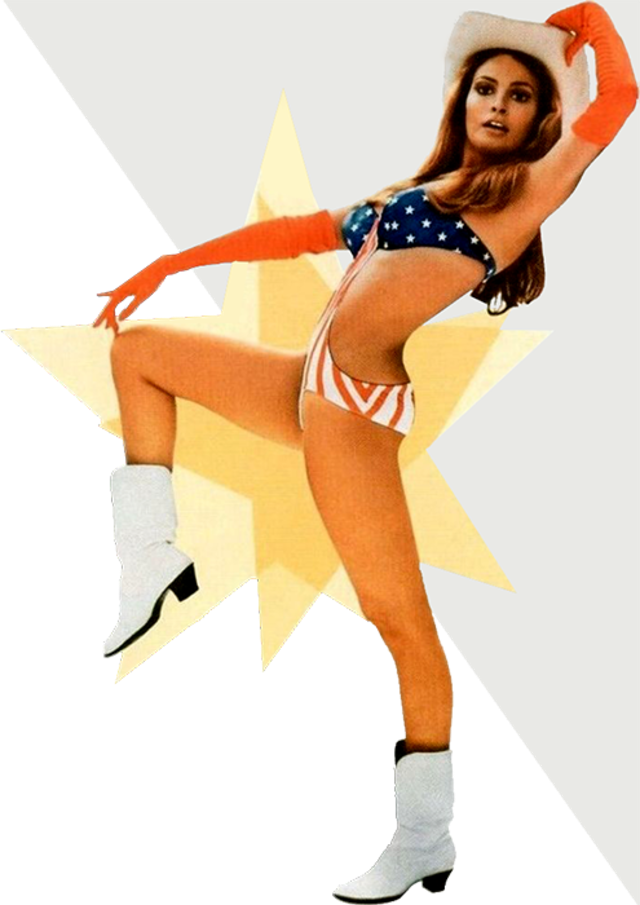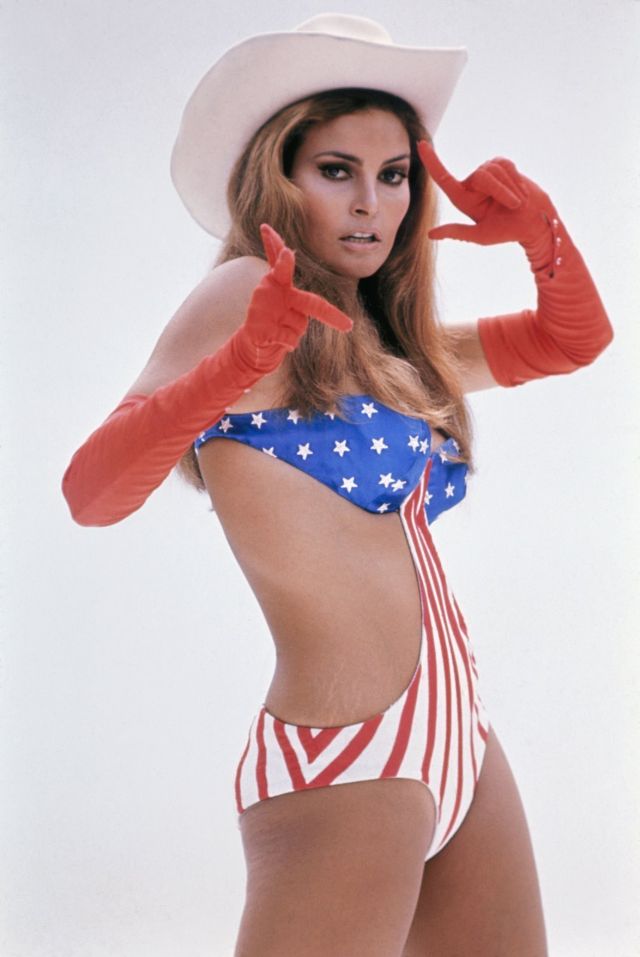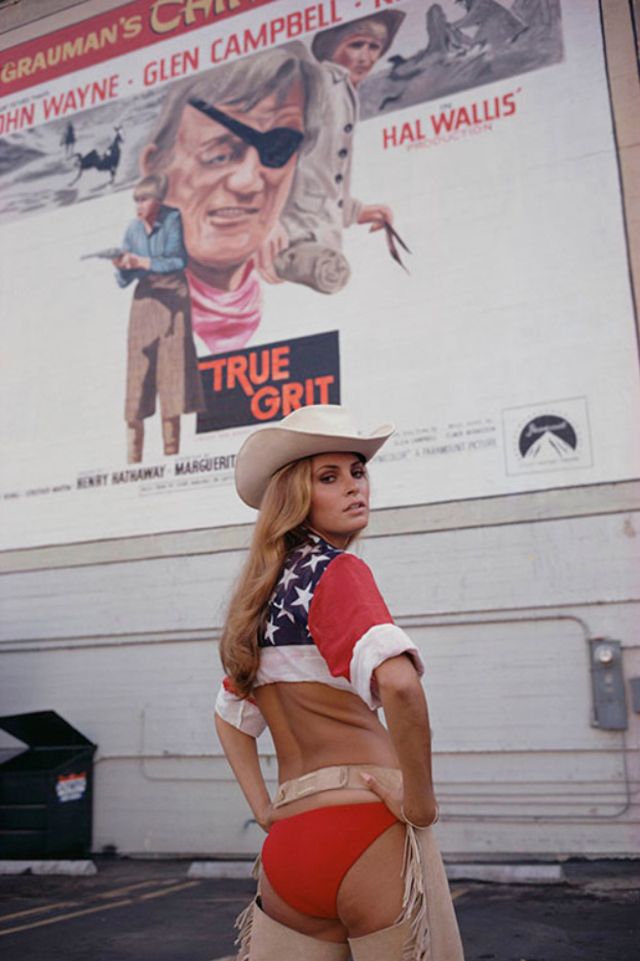She was the oldest of three children of Armand C. Tejada, a Bolivian structural engineer of Castilian origins, and Josephine Sarah (Hall) Tejada, a statistical clerk at an aircraft factory who was of English and Scottish descent. Welch graduated with honors from high school in 1958. Seeking an acting career, Welch entered San Diego State College on a theater arts scholarship, and the following year she married her high school sweetheart, James Welch. She played several parts in local theater productions. In 1959, she played the title role in The Ramona Pageant, a yearly outdoor play at Hemet, California, which is based on the novel Ramona by Helen Hunt Jackson and Bob Biloe. She first won attention for her role in Fantastic Voyage (1966), after which she won a contract with 20th Century Fox. They lent her contract to the British studio Hammer Film Productions, for whom she made One Million Years B.C. (1966). Although she had only three lines of dialogue in the film, images of her in the doe-skin bikini became best-selling posters that turned her into an international sex symbol. Through her portrayal of strong female characters, which helped in her breaking the mold of the traditional sex symbol, Welch developed a unique film persona that made her an icon of the 1960s and 1970s. Her rise to stardom in the mid-1960s was partly credited with ending Hollywood’s vigorous promotion of the blonde bombshell. She won a Golden Globe Award for Best Motion Picture Actress in a Musical or Comedy in 1974 for her performance in The Three Musketeers. In 1995, Welch was chosen by Empire magazine as one of the “100 Sexiest Stars in Film History”. Playboy ranked Welch No. 3 on their “100 Sexiest Stars of the Twentieth Century” list. In 2011, Men’s Health ranked her No. 2 in its “Hottest Women of All Time” list. Welch helped transform America’s feminine ideal into its current state. Her beautiful looks and eroticism made her the definitive 1960s and 1970s sex icon, rather than the blonde bombshell of the late 1950s as typified by Marilyn Monroe, Jayne Mansfield, and others. Welch became a star in the mid-1960s and was exotic, brunette, and smolderingly sexual. Her countless publicity photos helped to popularize her image, dress style, and 1960s and 1970s fashion trends. Welch and other actresses also made big hair popular. Raquel Welch posed for Playboy in 1979, but she never did a fully nude shoot. Hugh Hefner later wrote, “Raquel Welch, one of the last of the classic sex symbols, came from the era when you could be considered the sexiest woman in the world without taking your clothes off. She declined to do complete nudity, and I yielded gracefully. The pictures prove her point.” Welch has refused to take all her clothes off on screen or pose naked throughout her career spanning five decades, saying this was the way she was brought up. While her image in the 1960s was that of a torrid sex temptress, Welch’s private life was quite different. She once famously said, “What I do on the screen is not to be equated with what I do in my private life. Privately, I am understated and dislike any hoopla”. She also admitted, “I was not brought up to be a sex symbol, nor is it in my nature to be one. The fact that I became one is probably the loveliest, most glamorous and fortunate misunderstanding”.
(Photo credit: Wikimedia Commons / Pinterest / encyclopedia.com). Notify me of new posts by email.
Δ Subscribe
